QOTD: Should Backup Cameras Really Be Mandated?

A few months ago, the federal government of the United States – the same federal government who recently forced us all to use energy efficient lightbulbs – announced that backup cameras will soon be mandatory on all new cars.
Yes, ladies and gentlemen, that’s right: the era of the backup camera has arrived. In just a few short model years, you will not be able to buy an automobile in the United States without a backup camera. Everything will have one: Sedans. SUVs. Trucks. Minivans. Even BMW will begrudgingly install standard backup cameras, though doing so may involve removing other standard equipment, such as seats.
So with today’s column, I’ve decided to ask you, the reader, exactly how you feel about the spread of backup cameras in the United States.
Personally, I love it. I think it’s great. I say this because I drive a rather large vehicle, and I am constantly parallel parking it, and what I’ve noticed is that backup cameras ensure that I always a) see the car behind me, and b) have absolutely no idea how close I am to it.
Yes, my backup camera is kind of crappy. What I mean by this is, during the day, you can see approximately 80 percent of what’s behind you, except there are no lines to judge anything by, so you have no idea if you’re parked on the hood of the vehicle behind you, or if you’re four feet away from it. And then at night, it’s even worse: the backup camera is so poorly lit that it looks like the entire thing is filming the center of a trash bag.
So essentially, what I have learned, after two years of owning this vehicle, is that the backup camera is approximately as trustworthy as a James Bond villain who has a scary private island and a gigantic weapon that can destroy Connecticut with the push of a big red button.
But not all backup cameras are this bad. On the contrary, I’ve driven many modern vehicles with state-of-the-art backup cameras, and what I’ve noticed is that they are getting better and better and better with every passing model year. They have lines that tell you what direction you’re going. They have little green, yellow, and red symbols to show you how far away from everything you are. And the backup camera that hooks to Chrysler’s Uconnect system is so large that it looks like your entire reversing process is being broadcast on the jumbotron at a Lakers game.
So the whole backup camera thing has developed very well, which is why I’m kind of excited about it.
But there are some flaws to the backup camera. Cost is one. When the federal government mandates these things go on vehicles, it does not mandate that the vehicle prices stay the same. So the automakers take full advantage of this by installing a “standard” backup camera, and then jacking up the price of each vehicle by $1,100, even though it costs them the same amount of money to make a backup camera as it does for you and I to buy a Sharpie six-pack at Office Depot.
The same thing happened when airbags were mandated. Do you remember that? It was 1995, and you could buy a new Ford Aspire for like $2,100, including shipping, not including body panels. Well, here we are, 20 years and a lot of government-mandated safety features later, and now the cheapest Ford is like $12,000. I personally blame the government for this, because I think if it weren’t for annoying unnecessary “extras” like stability control, and ABS, and traction control, and seat belts, we could probably have a Fiesta for like eight grand. And we wouldn’t even need a Fiesta ST, because the new seat belt-less Fiesta would be so damn lightweight.
The other issue with the backup camera is complexity. Namely, the camera so eagerly mandated by the government; the one that works so well right now; the one that lets you see the world, will fail in approximately seven years, leaving you to question whether you should fix it or just look over your shoulder like your ancestors in years past. If you don’t fix it, this will come up at trial when you back over someone’s beloved pet zebra.
“He had a backup camera in his car,” people will say. “But it broke and he DIDN’T FIX IT!” And then the newspapers will call you zebrakiller, and you’ll have to resign in disgrace and walk out of the courtroom with your jacket over your head.
So we can see there are benefits and drawbacks to backup cameras, but I personally am all for it, because I have no other choice. What about you?

More by Doug DeMuro
Latest Car Reviews
Read moreLatest Product Reviews
Read moreRecent Comments
- Carson D Just don't be the whistleblower who reports on the falsification of safety data. That's a deadly profession.
- Carson D I'd have responded sooner, but my computer locked up and I had to reboot it.
- Todd In Canada Mazda has a 3 year bumper to bumper & 5 year unlimited mileage drivetrain warranty. Mazdas are a DIY dream of high school auto mechanics 101 easy to work on reliable simplicity. IMO the Mazda is way better looking.
- Tane94 Blue Mini, love Minis because it's total custom ordering and the S has the BMW turbo engine.
- AZFelix What could possibly go wrong with putting your life in the robotic hands of precision crafted and expertly programmed machinery?
















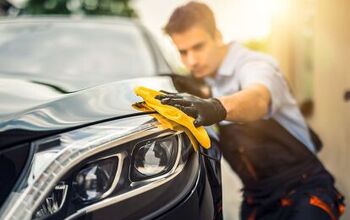


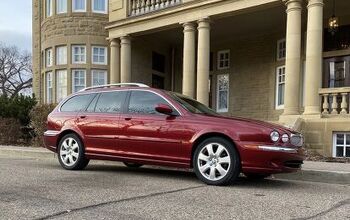
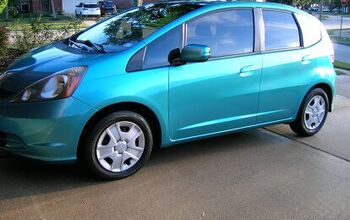


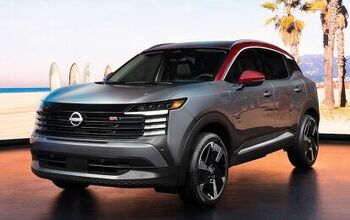
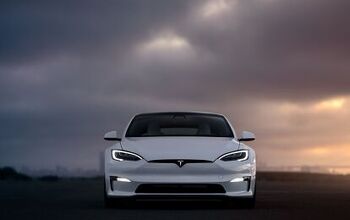
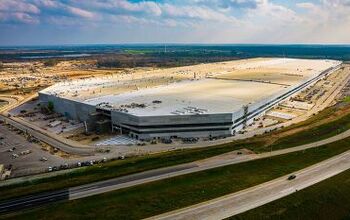


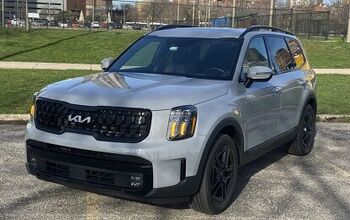

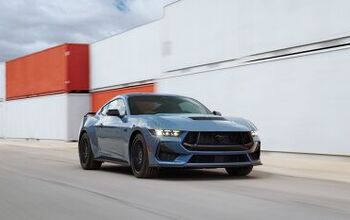
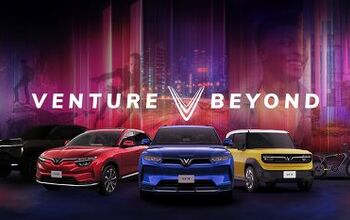
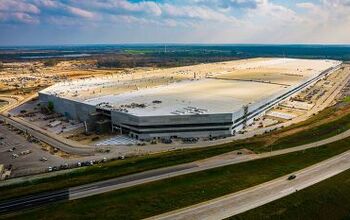
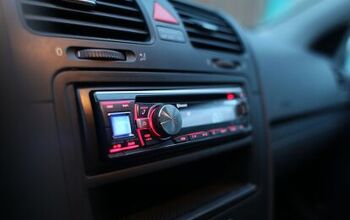
Comments
Join the conversation
Wow, 355 comments, you won the internet, Ronnie! I just wonder how VolandoBajo had the time to write so many of them (one third?) and the length of most of them. All for a silly little backup camera?
Oh, and to quote Matthew McConaughey regarding the backup camera program, as it is: "If the common good has got to make up fairy tales, it's not good for anybody." Which is the short version, for those who don't want to be bothered by details or facts.